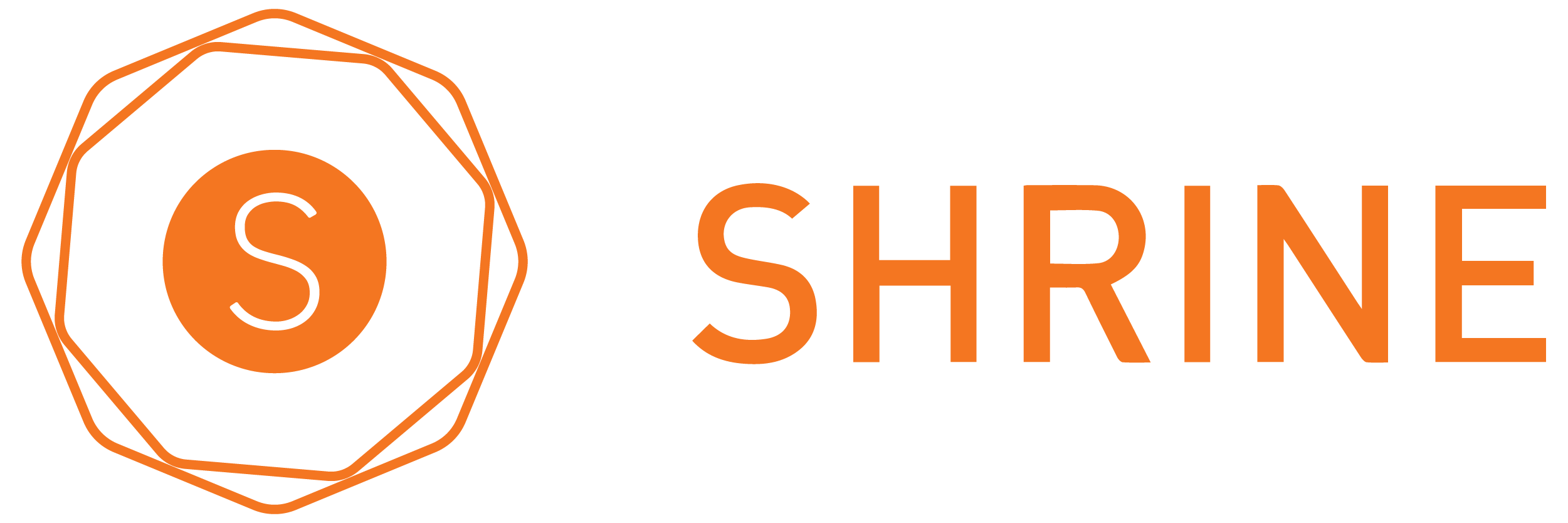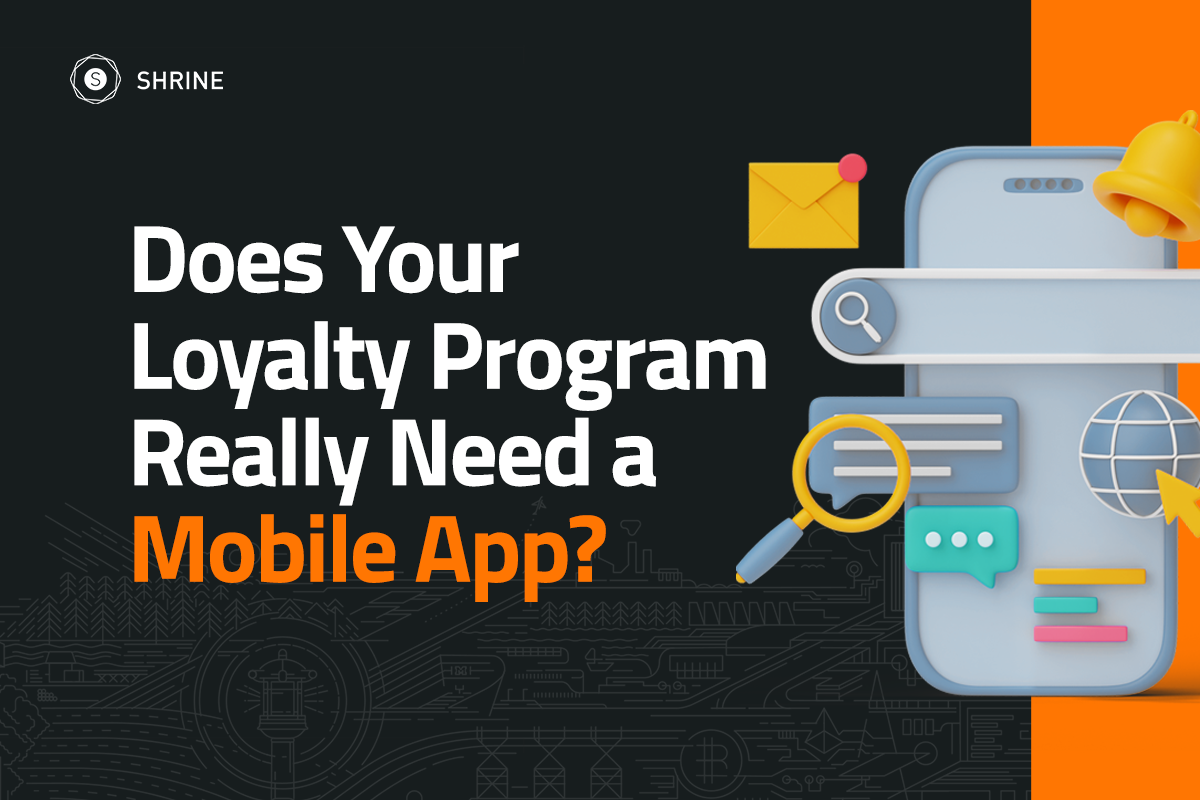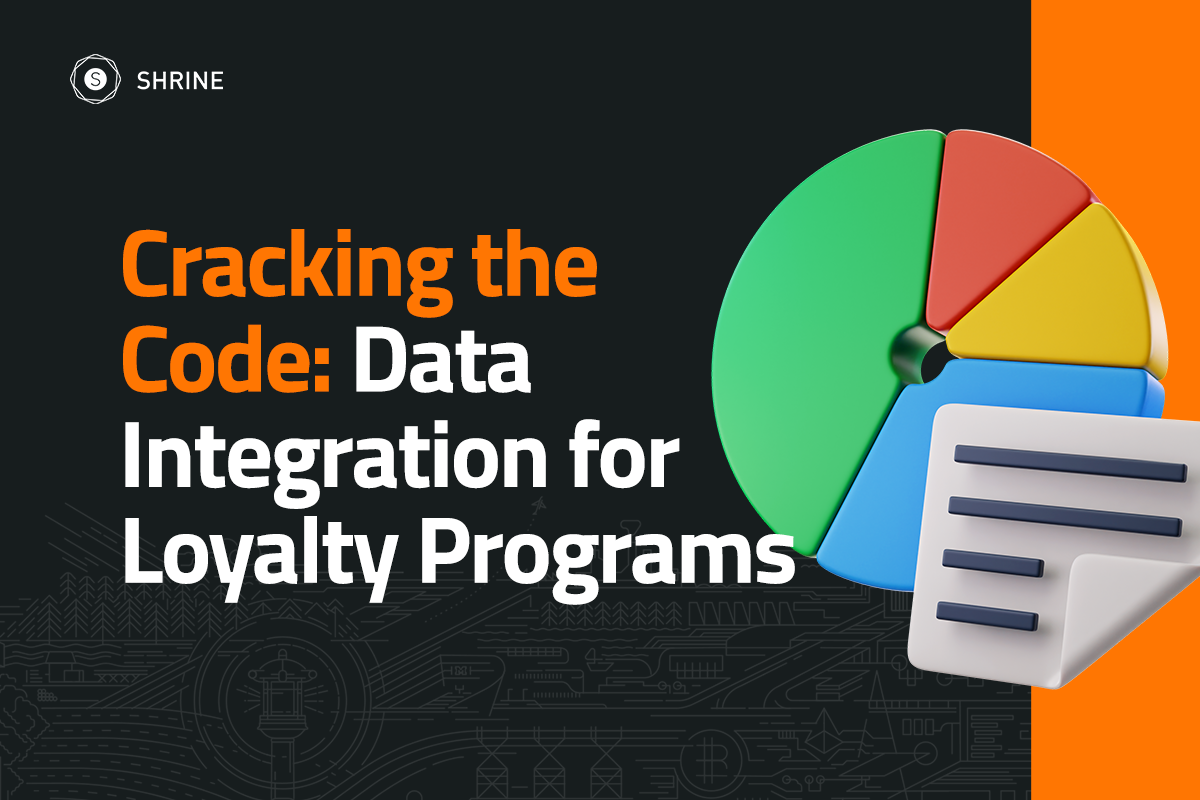Where would I start if I were tasked with launching or relaunching a loyalty program? I’d start by getting crystal clear on the business problem I’m trying to solve and then model out the ROI. Understanding the business problem is crucial—it sets the direction for the entire loyalty program and ensures that it aligns with your goals.
From our research, three main factors underscore why this step is so important:
Pushback from Finance and Procurement
The biggest pushback to loyalty programs often comes from finance and procurement teams. Loyalty programs, by their nature, offer value to customers, so they’re frequently viewed as cost centers. By using models and forecasts, you’re speaking the language of finance teams, making it easier to demonstrate potential value.
Competing for Resources and Executive Buy-In
Prioritization of resources isn’t just a challenge for launching a loyalty program; it’s essential for maintaining executive buy-in over time. The budget for a loyalty program is often competing against various other projects that may have nothing to do with loyalty. Clear ROI projections help strengthen the case for continued investment.
Complexity vs. Simplicity of Modeling
While modeling and forecasting can be complex, getting started can be simpler than it seems.
For example, I recently spoke to an inspiring person in the solar panel industry (DN, you know who you are 😉) about the challenges they faced when launching a referral-based loyalty program. Industry data shows that the average cost per sale in commissions and direct costs to sales teams ranges from $2,500 to $7,500.
Now, consider a goal of increasing gross margins with a referral program costing $1,000 per referral. Is this program worth implementing? The answer depends on various factors—and this is where modeling and forecasting come in.
It’s tempting to assume that implementing a referral program is a no-brainer, especially with potential savings of $6,500 per sale. But this simplistic view overlooks other crucial elements, like the cost of focus, program management, and how the ROI compares to non-loyalty solutions such as advertising or cold outreach.
A Tool to Help You Get Started
🔗 To help illustrate this, we’ve created a simple spreadsheet that you can check out here.
This tool lets you model the potential ROI of a referral-based program and compare its cost savings and revenue impact to traditional commission-based sales methods.




